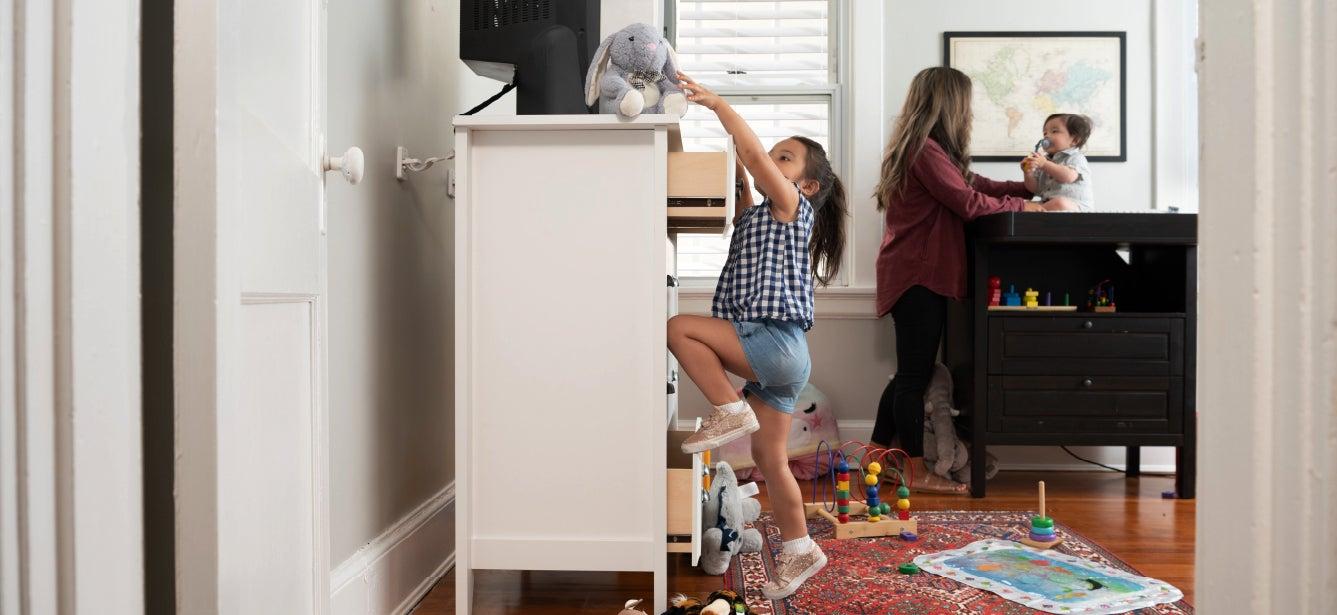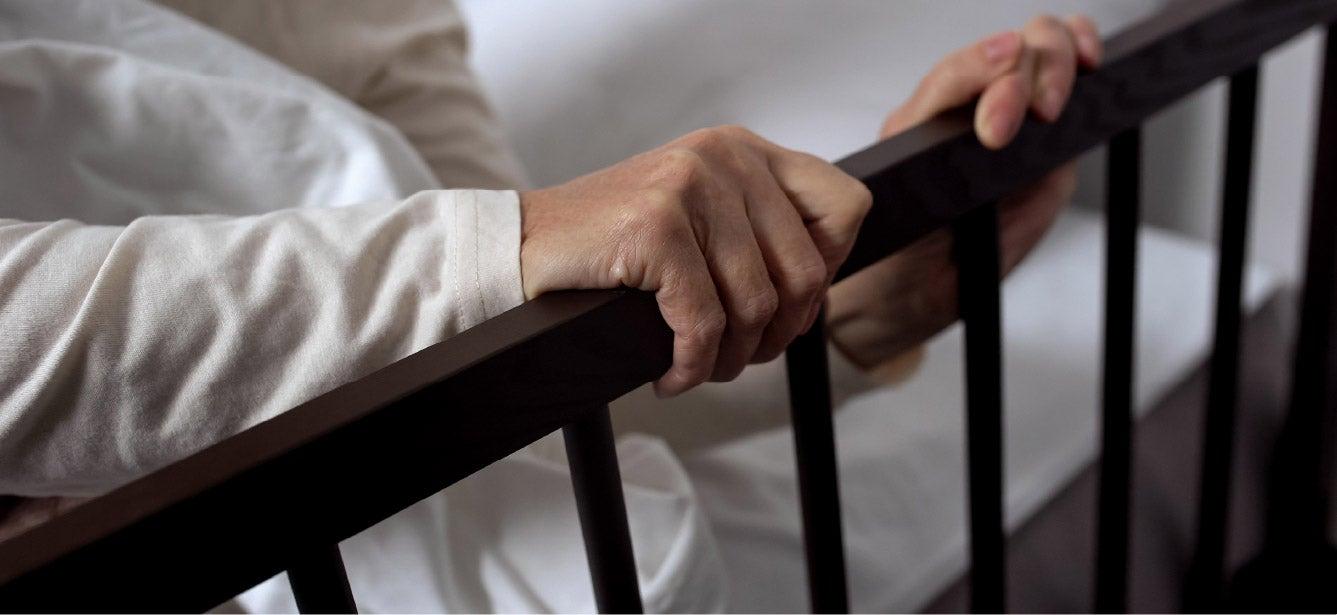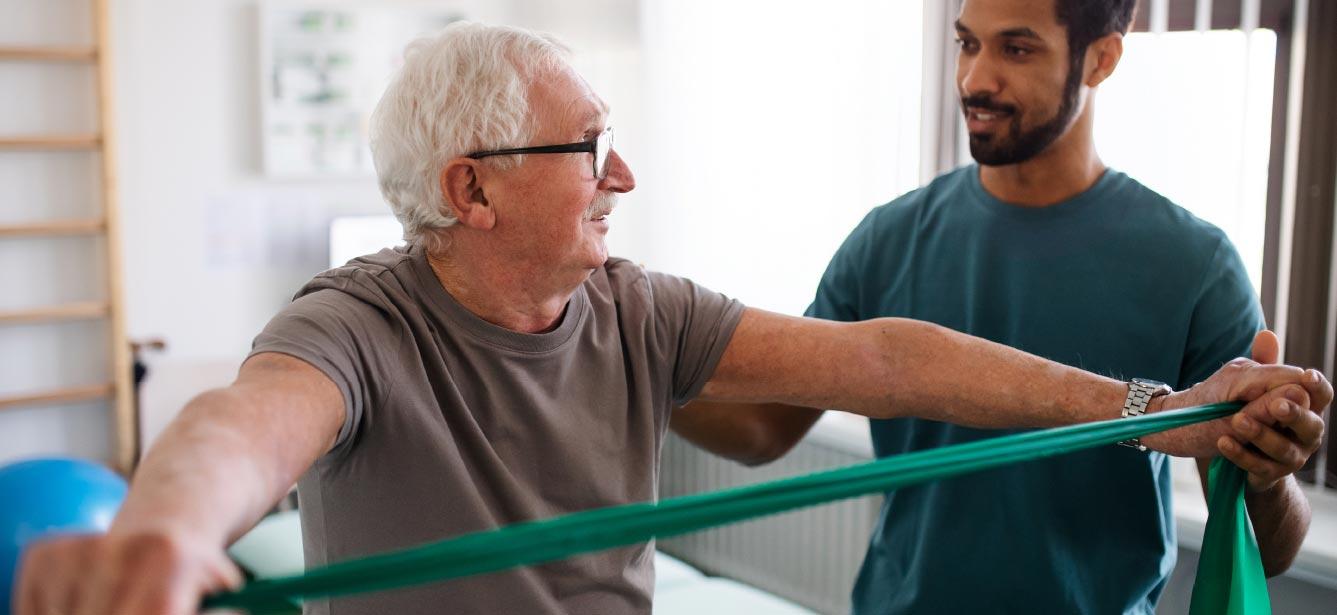
Related Topics
What if I told you there is something in your home right now that has the very real potential to seriously injure or kill a child you love, or even you, in a matter of seconds?
Approximately every 45 minutes, someone in the U.S. is taken to the emergency room because a piece of furniture, a television, or an appliance falls on them.1 About every two weeks someone in the U.S. dies from a tip-over.
While most of the injuries and deaths happen to children younger than 6, adults over the age of 60 account for 15% of fatalities from tip-overs every year, and most of those are from fallen dressers.
It’s human nature to think that bad things only happen to other people, but ignorance in this case is not bliss. I’m about to give you a tremendous gift, and I hope it inspires you to read on and take steps to prevent a tip-over in your home.
Her name is Meghan, and she is my daughter. On Dec. 18, 2004, I woke to every parent’s nightmare. We found her lifeless under her dresser. It had fallen on her during the night, while the rest of our family was asleep. We didn’t hear it fall. She was unable to cry. She died in a matter of minutes. Alone. Under a small, heavy, well-made and expensive juvenile dresser I mistakenly thought was safe. We buried her three days before Christmas. She was 3, my only daughter, and a twin.

I thought it was a freak accident. I mistakenly thought anything meant for children, including furniture, was vetted for safety before it was sold. I later learned that $10 and 20 minutes would have saved her life. That’s all it would have taken to properly install a good furniture anchor to both her dresser and a wall stud.
There were, and still are, no mandatory furniture safety testing standards, although a voluntary dresser standard has existed since 2000. Industry has had the ability to make it more stringent for decades, but until very recently, they showed no interest in doing so. No one told me this was a danger when I was pregnant or a new mom. Furniture straps were not sold with other baby proofing products in stores. It wasn't on any home safety checklists, even though the Consumer Product Safety Commission (CPSC) has known tip-overs are a danger to children since the 1990s.
Anchoring Meghan's dresser to the wall would have prevented it from falling on her, and she would be turning 21 this year with her twin brother. Instead, I’ve spent the past 18 years with a broken and heavy heart, and her brothers without their beloved sister, trying to prevent this tragedy from happening to any other family.
Common myths and misconceptions about tip-overs
There are a lot of misconceptions about what type of furniture is most prone to tipping and who is at risk. Here are the most common misconceptions, and what the truth is.
- The myth: only furniture of a certain height, length, width, or style is prone to tipping. The reality: furniture of all sizes can and has fallen and caused injuries and deaths. Size doesn’t matter!
- The myth: thanks to highly publicized lawsuits, many people think only cheap or IKEA furniture is dangerous. The reality: It doesn’t matter who made it, where you bought it, or how much it cost, it can still tip over!
- The myth: “My kids or grandchildren are not climbers or know not to climb on the furniture.” The reality: Just because you’ve told them not to climb or you’ve never seen them do it doesn’t mean they haven’t or they won’t (Especially during play or at someone else’s home). In fact, some furniture is so inherently unstable that it can tip over simply from having more than one drawer open or putting minimal pressure on a drawer when reaching to fetch something from the back of it.
- The myth: “I am always with and watching my kids or grandkids, so it won’t happen to us.” The reality: You are not actually always with and watching them. You sleep. They sleep. You use the restroom while they are watching TV or playing. This PSA from the CPSC called “Even While You’re Watching” shows how quickly tip-overs can happen.
- The myth: Flat screen TV’s aren’t heavy so I don’t need to be worried about them. The reality: While it’s true that flat screen TV’s are smaller and weigh less than the old CRT “box” TV’s, they can still cause serious injuries or death. A 10 pound TV weighs as much as a bowling ball. If you dropped a bowling ball on your head or chest or that of a child, it could certainly break bones, and it could kill them! Also, TV’s often fall because the furniture it is on tips over. If you have an old tube TV, I recommend you cut the cord and recycle it.
- The myth: “I don’t want to put a hole in my wall, my furniture, or I rent and I'll lose my security deposit.” The reality: As parent advocates often say, a hole in your wall or furniture can be fixed. The hole in your heart after losing your child to something you could have prevented will never go away. As for the landlord, talk to them, share this information, offer to patch the walls, and gently remind them this is a matter of safety and quite literally life and death.
- The myth: “Our furniture never tipped over, or it did, but we were all fine.” The reality: What you were was lucky. Tip-overs still happened, but no one talked about them. Until social media and the internet became widely used, tip-over incidents went largely unrecognized and unreported. People also say horrible things to parents like me when we share our stories, and many parents are ashamed, afraid, or just too deeply in grief to talk about it.
What causes furniture tip-overs?
Physics! Opening drawers or otherwise applying a force that causes the center of gravity of a piece of furniture or a TV to shift forward far enough, will cause a tip-over.
That force could be:
- A child attempting to climb on or into an open drawer or even trying to climb without opening any drawers
- An adult opening multiple drawers at once (perhaps putting laundry away) or putting pressure on an open drawer causing it to tip.
- Uneven flooring and carpeting contributing to instability
- An earthquake
Other causes include:
- Placing heavy objects or a TV on top of furniture
- Placing items on top of furniture, particularly things that might entice children to reach or climb
- Inherently unstable furniture. There is currently no requirement that furniture sold in the U.S. be tested for safety or stability. There is a voluntary safety standard for dressers and clothing storage furniture only, but it is woefully inadequate at preventing tip-overs.
It’s important to realize that every interaction with a piece of furniture, TV, or an appliance involves different physics. So a child or even you could interact with a dresser 200 times, and 199 of those times nothing happens. But on the 200th time, the physics could be just right to cause a tip-over. This is why prevention is so important.
How to prevent furniture tip-overs
Here’s what you can do to prevent a tip-over from happening in your home:
- Anchor it! Purchase anti-tip straps or anchoring devices and use them to secure furniture to the wall to significantly reduce the risk! There are many different styles and types of anti-tip devices out there at a variety of price points, the simplest being an “L” bracket. It’s important to use a well-known brand as there are knock offs out there that are less expensive but are inferior and more prone to failure to prevent a tip-over. Professional childproofers recommend that you avoid plastic parts if possible, as they can become brittle over time and break. You can learn more about what devices to use from Meghan's Hope. You can also visit www.anchorit.gov for more information on how and why to anchor your furniture and TV’s and step by step installation instructions. There are special anti-tip devices for large appliances and TV’s as well.
- Appliances like stoves and dishwashers are supposed to be secured to the wall, floor, or countertops when installed, but check to make sure they are.
- Use childproofing straps to prevent appliance doors and furniture drawers and doors from being opened by young children to further reduce the risk of a tip-over.
- Place heaviest items in the bottom drawer or shelf, and don’t place anything that might entice a child to climb or reach on top of furniture or TV’s.
- Know that it’s illegal to sell or give away a recalled product. Visit the CPSC’s recall site to check if a product has been recalled. You can sign up to get alerts for certain types of products.
- When you purchase new furniture, it might come with a furniture anchor. Know that there is no testing requirement for any furniture anchors/anti-tip devices, and sometimes, the ones that come with the new furniture are inadequate and may fail. Purchasing one recommended above may be safer.
What to secure? Be sure to secure all dressers, wardrobes, bookcases, and any other furniture with drawers or shelving, as well as TV’s and appliances.
What do I do if a tip-over happens to me or someone I know?
- If there is an injury, even if it seems minor, first seek medical attention. Make sure the provider is told what happened so it’s documented.
- Report the tip-over to the CPSC by going to www.saferproducts.gov. This is a website where you can report any product safety hazard or research a product to see if any hazard reports have been filed. It’s important to report every tip-over or unstable furniture or appliance, even if it’s just wobbly! This is how the CPSC learns of potential hazards and can pursue a recall if appropriate. You could also save a life because next time that product tips, it could kill someone, even if you were lucky!
How you can help prevent furniture tip-overs and save lives
Want to do more? Share this information with your friends, family, and co-workers, especially those who have young children visit their homes. Offer to help them install the anti-tip devices if they don’t know how, or hire a handyman or professional childproofer if you don’t know how or don’t have the tools.
There new federal law called The STURDY Act that directed the CPSC to write a mandatory dresser and clothing storage furniture safety standard that is far more stringent than the previous voluntary standard and to do so quickly.2
Sources
1. Consumer Product Safety Commission. Product Instability or Tip-Over Injuries and Fatalities Associated with Televisions, Furniture, and Appliances: 2021 Report. February 2022. Found on the internet at https://www.cpsc.gov/s3fs-public/2021_Tip_Over_Report_POSTED.pdf
2. S.441—STURDY Act. 117th Congress. Found on the internet at https://www.congress.gov/bill/117th-congress/senate-bill/441




